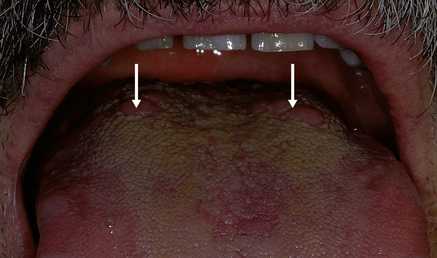

Barriers include condoms and condom-like protectors called dental dams used during oral sex. Having sexual contact without using a barrier increases your risk of genital herpes.

You may have warning signs a few hours or days before a new outbreak starts. Your symptoms during recurrent outbreaks usually don't last as long and aren't as severe as the first. You'll usually have the most outbreaks the first year after infection. How often recurrent outbreaks happen varies widely. These are called recurrent outbreaks or recurrent episodes. That includes your fingers or eyes.Īfter the first outbreak of genital herpes, symptoms often appear again. You can spread the infection by touching a sore and then rubbing or scratching another area of your body. Sores appear where the infection enters the body. Discharge from the urethra, the tube that releases urine from the bodyĭuring the first outbreak, you may commonly have flu-like symptoms such as:.Painful ulcers that form when blisters rupture and ooze or bleed.Small bumps or blisters around the genitals, anus or mouth.Symptoms start about 2 to 12 days after exposure to the virus. They may have no symptoms or have very mild symptoms. Most people infected with HSV don't know they have it. Scabs eventually form and the sores heal, but they tend to recur. Once your doctor has evaluated your symptoms, he or she can recommend treatments or ways to help you manage your pain.Sores associated with genital herpes can be small bumps, blisters or open sores. It's also important not to repeatedly use over-the-counter treatments for yeast infections without seeing your doctor.
#Swollen bump on vagina skin#
It's important to have your doctor rule out more easily treatable causes of vulvar pain - for instance, yeast or bacterial infections, herpes, precancerous skin conditions, genitourinary syndrome of menopause, and medical problems such as diabetes. If you have pain in your genital area, discuss it with your doctor or ask for a referral to a gynecologist.

When to see a doctorĪlthough women often don't mention vulvodynia to their doctors, the condition is fairly common. More often, your vulva appears normal.Ī similar condition, vestibulodynia, causes pain only when pressure is applied to the area surrounding the entrance to your vagina. Vulvar tissue might look slightly inflamed or swollen. You might feel the pain in your entire vulvar area (generalized), or the pain might be localized to a certain area, such as the opening of your vagina (vestibule). It might occur only when the sensitive area is touched (provoked). Your pain might be constant or occasional. The main vulvodynia symptom is pain in your genital area, which can be characterized as: The vulva is the outer part of the female genitalia, including the labia majora, labia minora and clitoris.


 0 kommentar(er)
0 kommentar(er)
